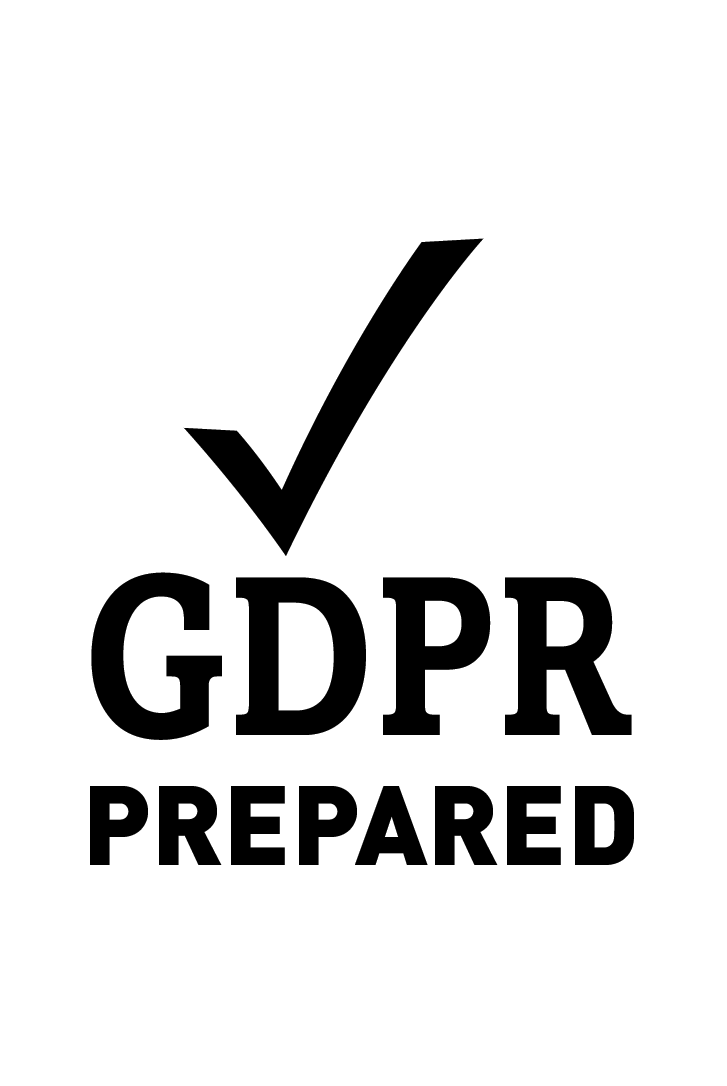It’s hard to believe that it is only just over a year since 15-year-old Greta Thunberg first sat alone outside the Swedish Parliament, refusing to go to school in protest at her government’s inaction regarding climate change. On the second day of her school strike for climate change, Greta was joined by others. Skip forward 14 months and Extinction Rebellion have disrupted cities all over the world to highlight the crisis. Miss Thunberg has given impassioned speeches at the United Nations, and in 2019, was named one of the world’s 100 most influential people by TIME Magazine.
The preservation of our environment is now the most pressing issue of our time. Therefore, we can expect harsher penalties to be handed down by the Courts where a company and/or individual has been found guilty of breaching environmental regulations. Understanding the Court’s method when delivering a sentence can help you act strategically to protect your interests, should a breach occur.
Sentencing for breaches of environment law
In July 2014, the Independent Sentencing Council issued Guidelines for sentencing in environment cases. The guidelines introduced a 12-step sentencing process for organisations and individuals intended to reduce inconsistencies in sentencing and ensure sentences match the gravity of the offence, the harm caused, and culpability. The Sentencing Guidelines also aim to mitigate the chance of any profit connected to the offence being realised.
The first case to be considered under the new Guidelines was R v Thames Water Utilities Ltd [2015] EWCA Crim 960. Thames Water had pleaded guilty to pumping untreated sewage into Chase Brook which flows through a nature reserve in North Wessex, breaching Regulation 38 of the Environmental Permitting (England and Wales) Regulations 2010.
The discharge of sewage resulted from Thames Water staff not responding to alarms alerting them to the failure of the sewage pumps at their Broadlayings Sewage Pumping Station.
During sentencing proceedings, the Court noted that Thames Water fell into the very large category of organisation with turnover of £1.9 billion and profit of £346 million. As for the category of offence, with 4 being seen as relatively minor and 1 being extremely serious, the instant event was a Category 3. However, Thames Water’s culpability fell into the negligence category[1]. Under the Sentencing Guidelines for a large company who commits a Category 3 negligent offence, the fine is between £35,000 and £150,000 depending on aggravating and mitigating factors. The Recorder multiplied these figures by five, due to the size of Thames Water’s turnover. The early guilty plea and other mitigating factors saw the fine being set at £250,000.
Thames Water appealed the decision on the grounds the Recorder established a new category of penalties for large companies, which was not sanctioned by the Sentencing Guidelines or legislation.
In giving the judgment, the Court of Appeal stated that the object of any sentence for environmental offences is to “bring home to the management and shareholders the need to protect the environment”. It endorsed the Recorder’s decision, adding they would have upheld a substantially higher fine.
This case was only the beginning of a series fines for Thames Water; in 2017, it was fined an astonishing £20.3 million after pleading guilty to water pollution and other offences at sewage facilities in Buckinghamshire and Oxfordshire. Once again, the cause of the breach resulted from the spillage of untreated sewage. This particular event resulted in the death of many birds and fish. Further, last year, the company was fined £2 million for another sewage spill.
Aggravating and mitigating factors
As soon as a breach occurs you must implement a pre-prepared plan which encompasses not only dealing with internal and external investigations into the matter, but reputational management (covering customers, shareholders, and investors).
Understanding the aggravating and mitigating factors the Court will consider upon sentencing is imperative to creating an effective emergency response. The way you and other key stakeholders behave over the initial hours, days, and months may have a crucial bearing on the sentence handed down if you and/or your organisation is convicted.
Aggravating factors considered by the Court include (but is not limited to):
- Have there been previous environmental convictions and if so, what was the nature of the breach, does it relate to the current misdemeanour, and how much time has elapsed?
- Has there been a history of non-compliance with environmental regulations?
- Where did the incident occur; i.e. did it take place near a school or contaminate drinking water?
- Were risks identified by employees or other workers ignored?
Mitigating factors include (but not limited to):
- There have been no previous convictions for environmental law breaches.
- The organisation showed genuine remorse.
- The event was a one-off and not commercially motivated.
- The organisation self-reported, co-operated fully with investigators and accepted responsibility.
Once the aggravating and mitigating factors have been considered, the Guidelines instructs the Court to “step back” and, using the guidance, “review whether the sentence as a whole meets, in a fair way, the objectives of punishment, deterrence and removal of gain derived through the commission of the offence”.
Final words
The increase in fines for environmental regulation breaches is happening across the globe. In October 2019, an Indonesian Court ordered palm oil company PT Arjuna Utama Sawit to pay the equivalent of £14.3 million in fines and damages for fires on its land in Borneo in 2015. And in 2015, BP agreed to pay a record environmental fine of $18.7 billion to settle legal actions brought by the US and several states over the fatal 2010 Gulf of Mexico oil spill.
As the pressure from environmentalists grow, and more is known about the cost of climate change, fines will be employed as a deterrent to prevent organisations from harming the environment through negligent or reckless practices. However, in many cases, companies and individual directors are doing everything possible to comply with environmental law policies and procedures. Therefore, if a breach does occur, it is vital to engage an emergency response by a team of criminal defence Solicitors who can conduct a separate investigation, create a robust defence, and protect your reputational interests.
If you are being investigated for an environment law breach, our criminal defence team can help. You can contact us at info@reeds.co.uk.
[1] Culpability can be categorised as deliberate, reckless, negligent, or low.







